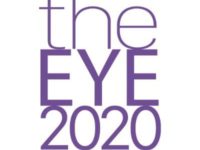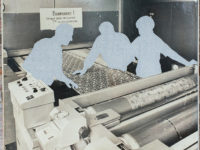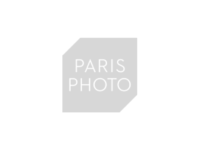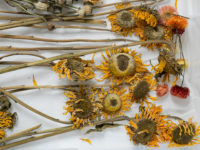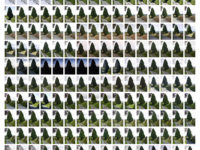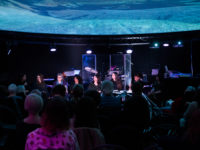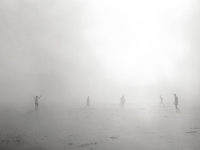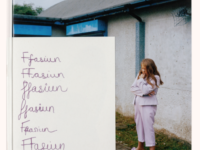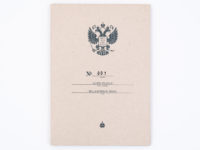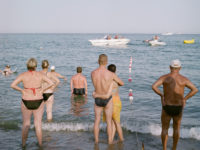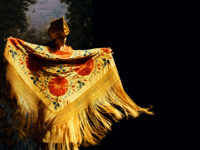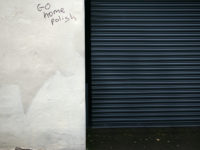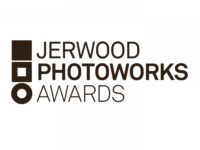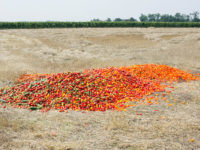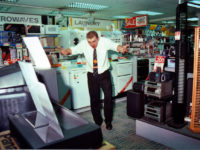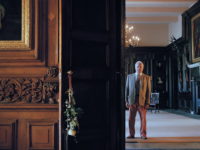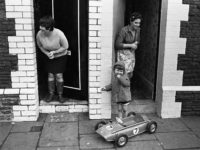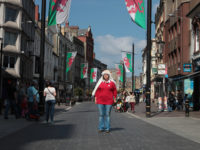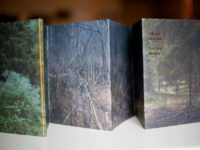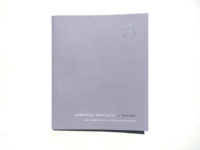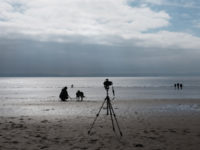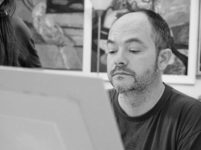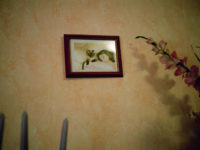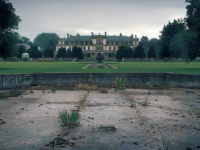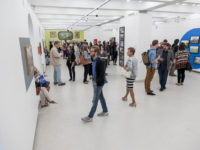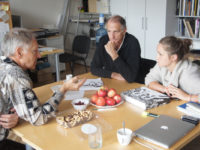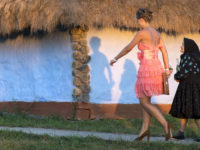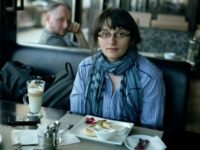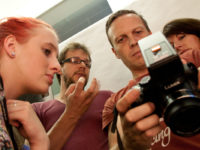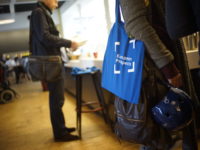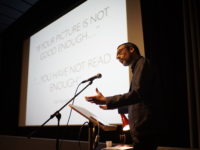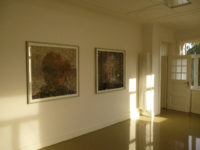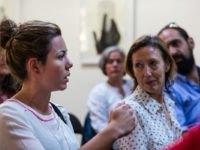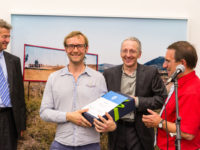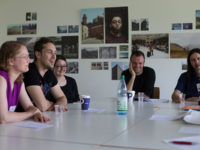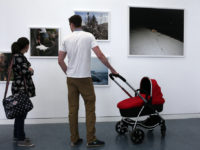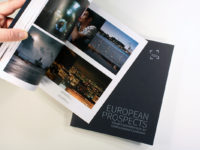Wojciech Nowicki Residency
‘During 2014 and 2015, I had the amazing opportunity to extend my knowledge of Lithuanian photography of the 20th and 21st century during three research stays in Kaunas and Vilnius. Thanks to Kaunas Department of the Lithuanian Photography Union, I was able to visit numerous photo book libraries, museum collections and photography archives – both private and the Union’s own one. This preparatory period allowed me to create the synopsis of an exhibition, covering the last century of Lithuanian photography.
The show I have been invited to curate will be entirely dedicated to the subjective visions of Lithuanian and Soviet Lithuanian history. Unofficial, semi-private realizations created by photographers for purely artistic purposes will become another narrative for the period, shutting out well-known, official history. My panorama of Lithuanian life and photography is not meant to become yet one official history of the period; it’s supposed to show a subjective idea of what Lithuanian photography is. My aim is to present what seems to be strong, pure and understandable outside the country, not only for the local audience.
The final choice of artists is yet to be determined, but the core of the exhibition will sure remain unchanged.
Algirdas Šeškus: outstanding images of the Lithuania’s 70’s and 80’s, ranging from street photography shot in a sad country to a cheap fairy tale – absurd pictures taken in the Soviet TV studios. Šeškus shows people stuck between boredom and absurdity, but at the same time living a normal life, full of everyday activities His work seems to be key to understanding modern Lithuanian photography.
In addition to Šeškus' photos, I will show The Soldier’s Diary by Gintaras Zinkevičius, another series from the 80s. This body of work reconstructs the last years of the soviet army in a manner close to Šeškus vision.
One of the most important themes of Lithuanian photography – quiet, rural life close to nature – will be also presented at the exhibition, but in the most bizarre form: Rimaldas Vikšraitis work shows poor people, often drunk, sometimes naked, yet somehow (one can guess) happy. Vikšraitis cruel and cheerful vision is very unique.
The show will also contain the work of Milda Drazdauskaitė, Vitas Luckus, Vytautas Stanionis, and Antanas Miksys series Disko. Those subjective, personal works will be shown with a very different, official vision of everyday life of Soviet man and woman. In this part of an exhibition I will present Chanonas Levinas and Judelis Kacenbergas work, and some reproductions from the soviet era photobooks.’ Wojciech Nowicki, March 2015
Wojciech Nowicki (b. 1968 in Opole, Poland) is a curator, writer and food critic. He has been working for the Cracow Photomonth since 2006 and was appointed the Main Programme curator for 2015.
His particular fields of interest include historic photography; historic and modern Polish photography and photography as an object. He curated (among others): Archiwum centralne (Central Archive, co-curator, Cracow Photomonth), Jerzy Lewczyński (Gliwice, Cracow, Gdansk, Dusseldorf), Wilhelm von Blandowski (Gliwice, Częstochowa), Michał Greim (Cracow), Promieniowanie (Radiation; Cracow Photomonth, Dusseldorf).
He published (among others): Dno oka. Eseje o fotografii, 2010 (Bottom of the Eye. Essays about Photography – Nike literary award 2011 finalist, Polish Publishers Award 2012), Jerzy Lewczyński. Pamięć obrazu, 2011 (Jerzy Lewczyński. The Memory of the Image), Niepokoje Wilhelma von Blandowskiego, 2012 (Wilhelm von Blandowski’s Anxieties); and Salki, 2013 (Gdynia Literary Award 2014).

